How to Fix a Water Damaged Drone? – Complete Guide
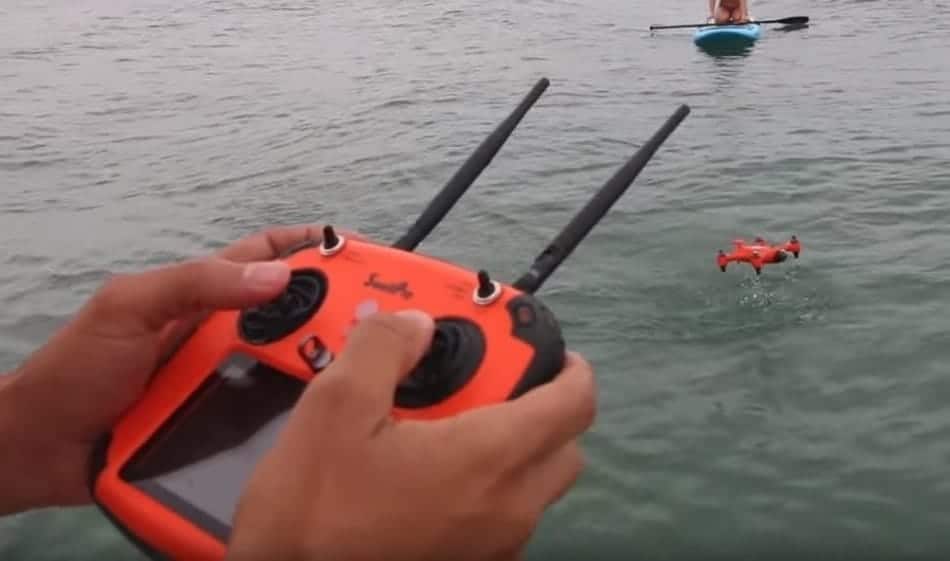
The worst place where you can see your drone land is in the water. Yes I know that flying over water is tempting, I have done it a loot of times. Drones contain a bunch of chips and electronics inside, and they are very sensitive to water, therefore any contact with water is a potential risk for them. So if you see your drone drown in the water, don’t jump into the water to save it under any price if it can endanger your life, because that’s just a bunch of electronics.
If you think it’s safe, be sure to respond as quickly as possible and spend a few seconds working out the safest way of recovering your drone. One very important thing to remember is don’t crash your drone in salt water! The type of water does matter, and fresh water is much better then salt water. Make this as your first rule. Salt water consists of corrosive elements that can harm your drone and is more dangerous than ordinary water. You need to use a cloth to dry water from your drone. So let’s explain now the steps how to fix a water damaged drone.
| Steps How To Fix a Water Damaged Drone: |
|---|
| 1. Remove it from the water as fast as you can! |
| 2. Switch off the power and remove the battery as quickly as possible |
| 3. Use the hair dryer or fireplace to drain as much water as you can from your drone |
| 4. Remove the cover off and put your drone in a container filled with raw rice |
| 5. Wait for everything to get dry, it usually takes 8-18 hours |
| 6. Assess which components are damaged while starting your drone |
| 7. If you do not see any malfunctions, charge the battery and you are ready to fly! |
What To Do After Your Drone is Water Damaged
The first thing you need to do after your drone was water damaged is to turn the battery off! Then you need to take the battery out of your drone and use the hair dryer or the fireplace to dry your drone. If you use hair dryer, point him at the drone from the reasonable distance. By reasonable distance I mean that you have to estimate the distance, because you do not want to melt your drone. The time it would be desirable for you to use hair dryer is half on hour for each side in turn, and to set your drone upside down. Also try to open the ports for the SD card and USB connector, and all other ports if you have. After 1 hour try to put the battery in and see if it works.
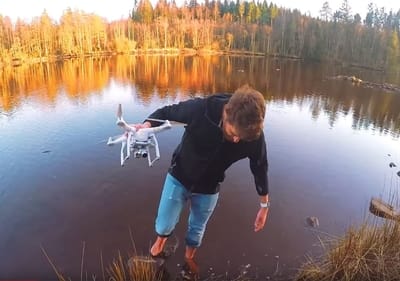
Sometimes you may experience problems with sensor cameras which can be fogged up. You can try another method such as rice. Just wrap your drone in a cloth and put it in a bucket of rice. Now you must have patience – sometimes it took 18 hours to dry the drone (especially for fogging and sensor lenses in your drone). The same thing applies to the battery, the rice trick. We all know that drones are not really cheap toys and you can’t afford to get them wet. Also, electronic devices and water don’t mix together, therefore you must be careful. But no matter how hard you try to prevent that, we all know that accidents do happen, and that mistake can cost you a lot of money. If the battery is completely damaged, you will need to buy a new one, DJI Phantom battery or other models you have on Amazon.
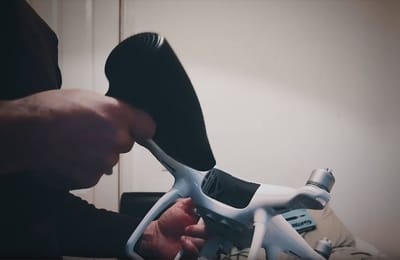

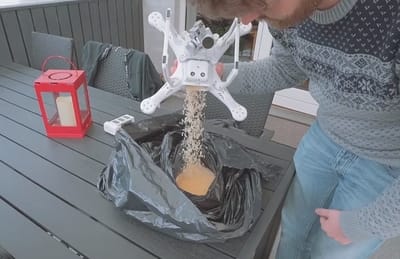
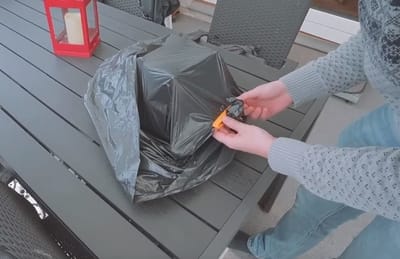
Think About Safety Before Jumping Into Water
When we talk about safety, this doesn’t concern drones, here we talk about you! When we see drone at the water, we don’t think, we react immediately and that is wrong! So don’t jump in the water before you consider how safe is that. Spend some time and think about some smart ways to retrieve it safely, if it’s possible. I know that one of the rules is that you need to pick up the drone from water as soon as possible, but that rule does not apply in these circumstances. In such situations do not think about investment, and how much did you pay for your drone. Life is much more valuable than that and you only have one life.
Recovering your Drone from a “Water Landing”
Drone consists of several key parts without which he can not be functional and fly normally. Therefore it is very important to check these parts and see if they are working properly. The major components of which the drone consists are the following:
Main Board and Circuitry Check
When it comes to water and main boards, we all know that these two things do not match. Any kind of contact that include electronics and water will cause short circuits all over the circuit boards. Of course there are situations where you will go without any major problems, but in most cases you will be forced to replace the main board which can be quite expensive.
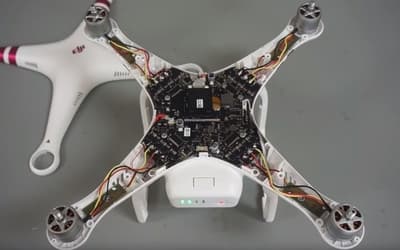
Motors Check
There are a few types of motors that are use to build drones. The Motors are mostly water resistant and should not have any damage due to contact with water. Today’s drones have brushless motors (mostly DJI drones), and they don’t have no moving parts. It is very easy to identify if they are damaged, they will work or they will not, there is no third option.
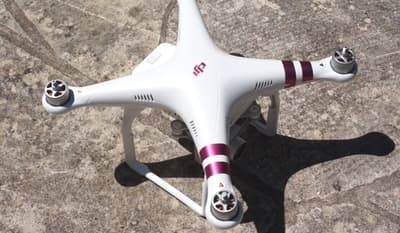
Camera Check
There are a couple of factors relevant for this check, and they depend on how long was your drone in the water and how deep. This is important because of camera lens and the sensor. A fog may appear on the camera, and the picture may be blurry. So be sure to check that your camera works normal, or you will need to buy a new camera.
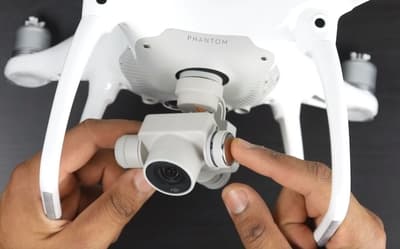
Battery Check
There is not much you can do to check is your battery damaged or not after having the contact with water, except to send it to your local electronic center. The batteries have a chemical composition and they are very sensitive what sometimes can cause a fire and explosion, therefore it is not advisable to play with these things.
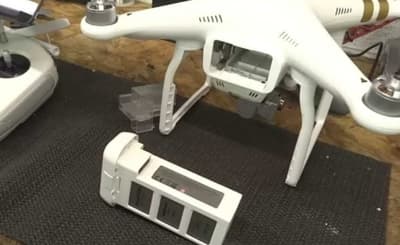
Avoid Flying Near Water
I know that it is sometimes very difficult not to record some great footage of waterfalls when you find yourself in the opportunity, but if you don’t need to fly near water, just don’t! If you really decided to fly over water, check your drone batteries first and the area where you want to fly. Make sure that your batteries are fully charged. Also, one of the known factors is the strong wind, so check this out also. In a lot of cases it is known to happen when the batteries are at low or critical stage, then drone land on the water, because it is programmed to automatically land. So make sure to check everything before flying. Handling water-damaged drone is not a easy task, there are a lot of things you need to do first.
How Dangerous Is Salt Water For Your Drone?
Yes I know that flying over water is tempting, I have done it a loot of times. But if you have the choice, avoid crashing in salt water! Salt water have all sorts of nasty chemicals that will couse corrosion. The first thing you need to do when your drone fall into salt water is to take fresh water and wash it with fresh water! The better option than fresh water is to use distilled (de-ionized) water, if you have it. If you open the drone after falling into salt water, you will see small salt particles. Salt water is just the devil for any electronics.
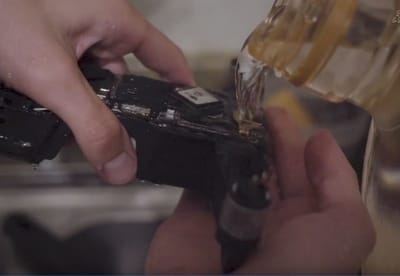
You also must remove the battery immediately and poured fresh water over the battery terminals. After you have washed the drone with fresh or distilled water, put it in a rice bowl and follow the instructions given above in the text. Salt water will kill your drone in a long run. If the drone fall into salt water for a few minutes, it most likely means that there is no salvation for the electronics inside it.
Water Damaged Drone: Power-on Test
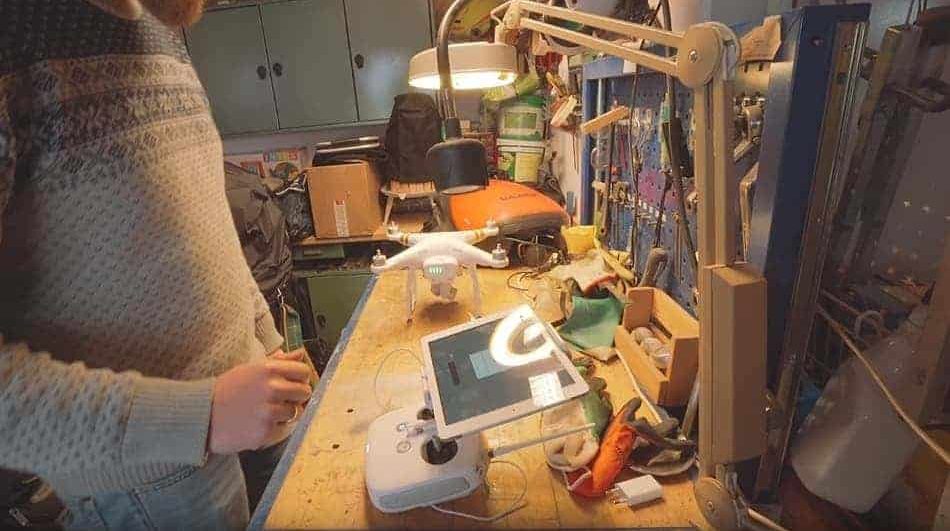
The first step you need to do is to dry your drone, insert a new (fresh) battery and turn on your drone. Be careful and watch out for some unforeseen situations like smoke, heat or strange sounds. If any of these factors appears, send your drone to a professional for repair with warranty you have. On the other hand, when you turn your drone, check that everything is ok and there are no problems, check your controller to make sure that there are no error conditions. Do not forget to look the camera also, and see if you have a clear picture or it is foggy.
The second step that you need to do is to go through the IMU procedure and to make sure everything is working properly, along with a compass calibration. Problems such as these can cause your drone to crash into things, because of altitude drops. But be sure to do a test flight on low altitude and stability check.
Check Your Warranty
If you find yourself in a situation that you still have a warranty for your drone, proceed wisely. Before using warranty for your drone, make sure you dry your drone first until you can send it to the supplier. An important thing you should not do is to unscrew the top of your drone, or any other part of the drone, because you will invalidate the warranty. Also if there is some suspicion that your crash happened because of a fault, they will be able to look at your drone’s flight logs to see what actually happened. There are 2 cases when it comes to warranty: the supplier must evaluate whether the failure was due to the product failure or pilot error. If they estimate that drone was in the water, then they will undo the warranty and you will have to bear the costs for your drone.
What If You Don’t Have Warranty Or It’s Expired
This applies to cases when you have no longer the warranty for your drone or the warranty is expired. First thing you could try is to take apart your drone and start drying everything inside thoroughly and individually. Each case is different, therefore, you must first view the components. The problem that can complicate this is that damage caused by water is not always visible. Also you need to remember is that you do not try to turn your drone on too soon. You will not always get clouds of smoke and figure out what the problem is, when you turn your drone on. So remember not to take any chances until you’re absolutely sure that your drone is completely dry. It would also be desirable if you are not an expert related to electronics and chips and it’s hard for you to diagnose the problem to get help from your retailer or friend before you start opening up your drone.

